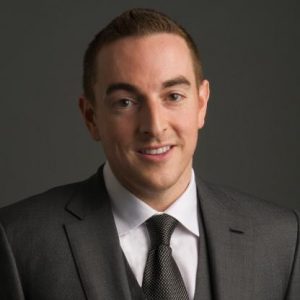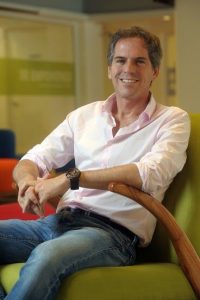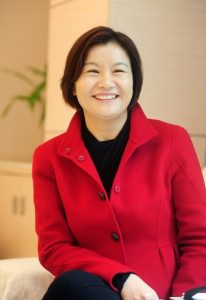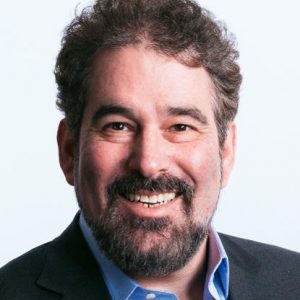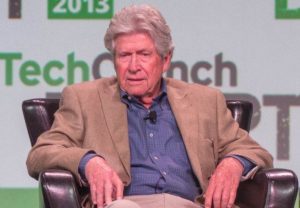Scott Cook : One of the Most Groundbreaking Entrepreneurs in Silicon Valley
What can a bad boss lead its employees to? In the case of Scott Cook, his bad boss led him to think of starting his own business and establish a multi-billion empire for himself. Cook, an American billionaire businessman, is one of those people, who got their lives changed with a simple idea. The concept that people had never imagined of and thought as a non-profitable one, too. Not much people are aware of this nerd, who believed in his plan and gave a tough competition to multiple tech giants with his unusual product. But, who knows, are also aware of his management and leadership skills
Early Life
Cook was born and brought up in a suburb of L.A. He was a bright student at the school, and had programmed the school district’s one computer. After graduating from school, he got enrolled at the University of Southern California, to pursue a bachelor’s degree in economics and mathematics and later, joined the Harvard Business School, from where he received an MBA degree.
Career
After completing his education, Cook, took a job at Procter & Gamble in Cincinnati, Ohio, where he earned much experience in product development and consumer marketing. He also met his future wife Signe Ostby while working at P&G. After leaving the job and marrying Ostby, he with Ostby moved to Menlo Park, California, where he started working at Bain & Company as a consultant in the strategic consulting department.
Founding Intuit
On a fine day, in the early 80s, Cook was sitting in the kitchen of their silicon valley house, with his wife. His wife had complaints about the management and payment of the bills. Cook was prompted by the matter and thought that there might be some more people who find managing the various household bills a bit difficult. He came with an idea to develop software that would help the people to manage and pay their bills. The idea was first of its kind as there were not many users of computers at that time, especially women who stayed at home. Hence, it became difficult for him to raise funding for this idea.
Cook’s interaction with the programming languages had happened last when he was in high school, so he contacted his friend from the Stanford University, Tom Proulx, to help him out with the development process of the software.
In 1983, the two founded Intuit Inc. and launched the first software of their company, the first version of Quicken, written in Microsoft’s BASIC programming language. The software was designed to work on the IBM PC and UCSD Pascal for the Apple II. The product was a success and soon found a competitor. Microsoft also produced a similar software named Microsoft Money, but Cook had its move and provided its customers a US$15 rebate coupon, redeemable on software purchased in their stores. At the same time, the company got engaged with John Doerr, to expand its product lineup.
In 1993, the company was made public for ICO, and it made a major acquisition, i.e., of Chipsoft (a tax-preparation software company based in San Diego). In 1994, the market capitalization of the company reached US$2 billion, and Microsoft made a buyout offer for the company. But, due to some legal issues, the buyout failed, and Microsoft continued its competition with Intuit. During this time, the company started producing web-based products and invested in some really good projects.
The annual revenue of the company estimated by May 2018, was US$5 billion and its market capitalization was about US$50 billion.
Cook remained the chairman of Intuit from February 1993 to July 1998 and served as the president and the CEO of the company, from April 1983 to April 1994.
Personal Life
Cook and his wife Ostby are the parents of three children and live in Woodside, California. In 2002, the couple established the Center for Brand and Product Management at the University of Wisconsin–Madison School of Business. In 2005, he was placed at number 320, in the Forbes 400, and his estimated worth was of $1.1 billion. Cook is one of the directors of eBay and Procter & Gamble and serves on the dean’s advisory board of the Harvard Business School. He is also one of the investors in eBay, Amazon, and Snapchat and has been a mentor to entrepreneurs like Larry Page.

Yashica is a Software Engineer turned Content Writer, who loves to write on social causes and expertise in writing technical stuff. She loves to watch movies and explore new places. She believes that you need to live once before you die. So experimenting with her life and career choices, she is trying to live her life to the fullest.
